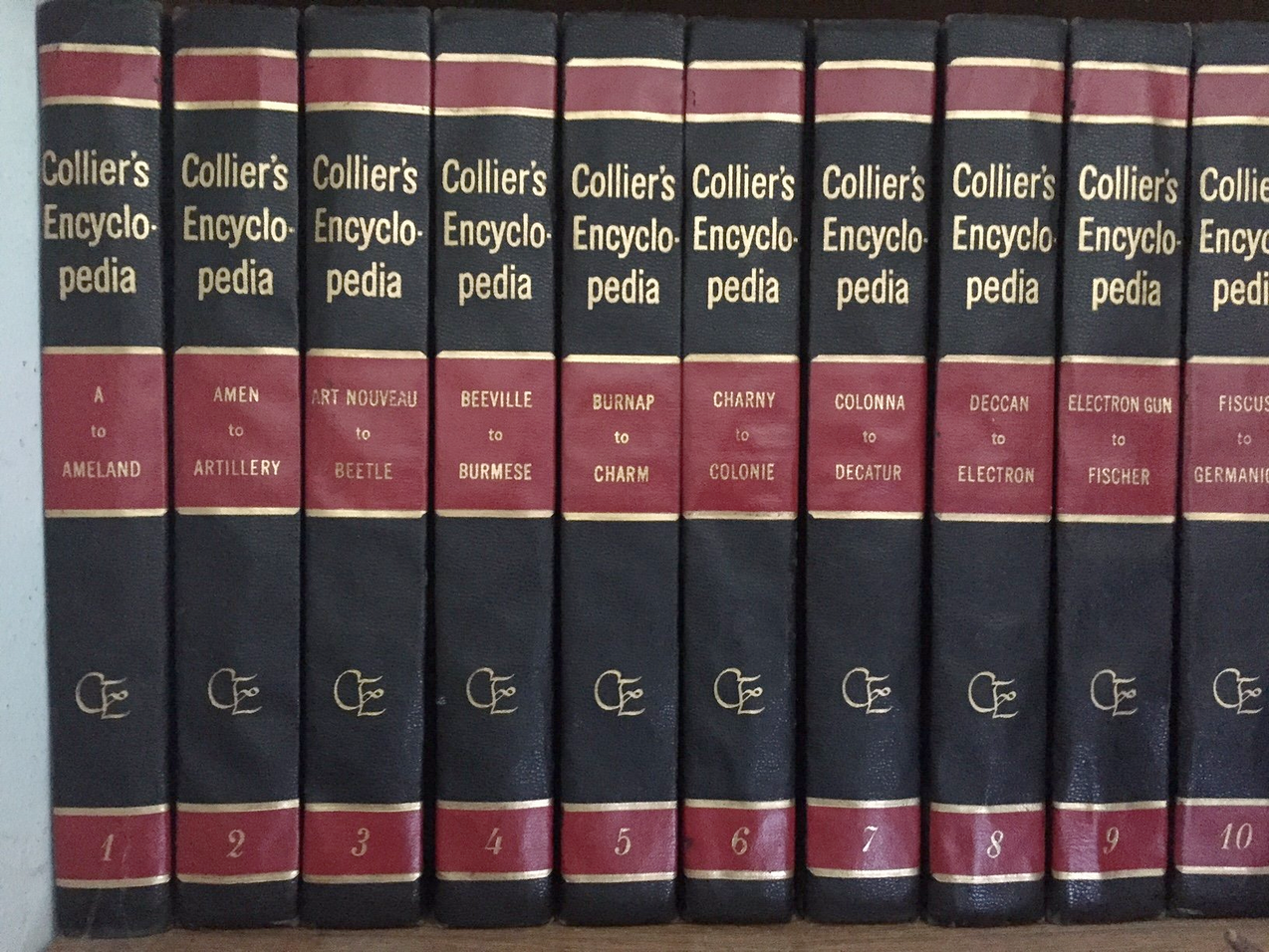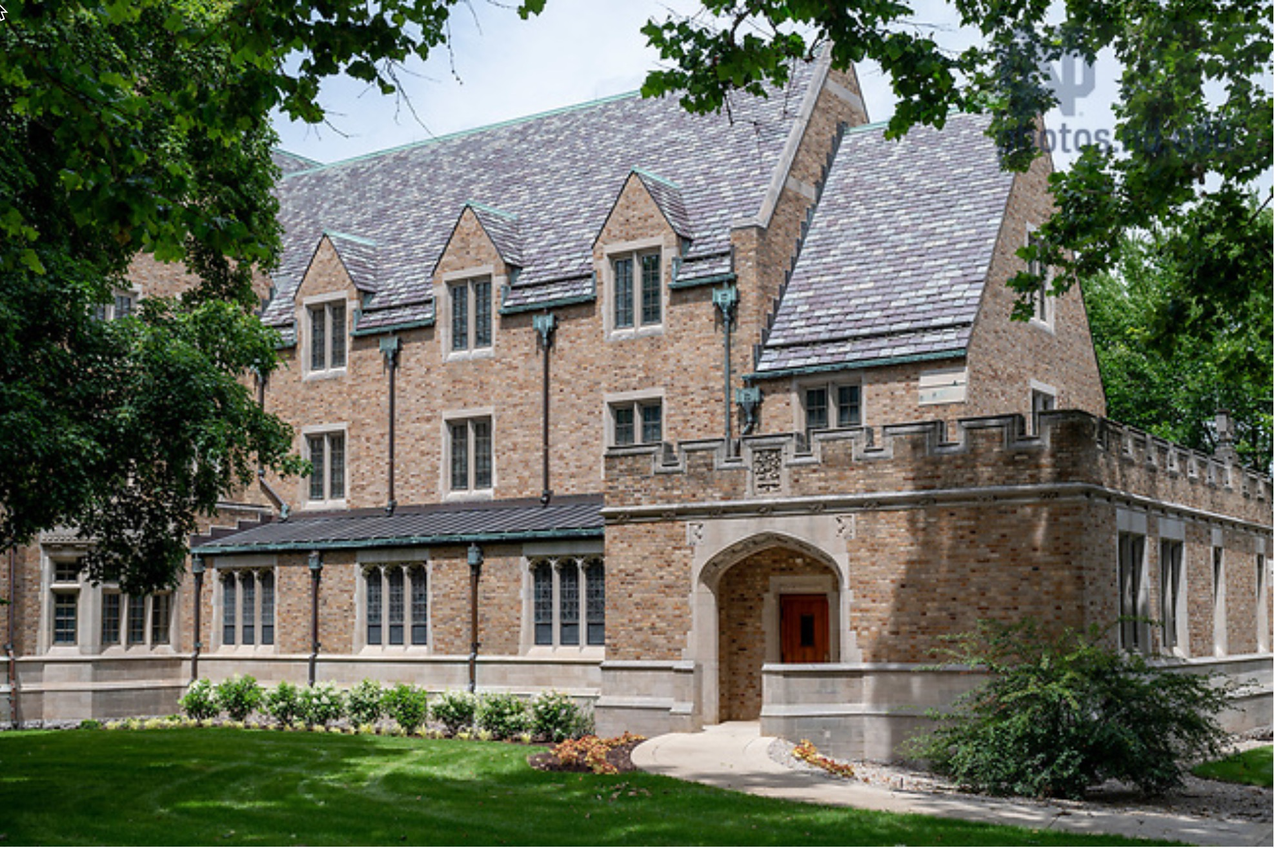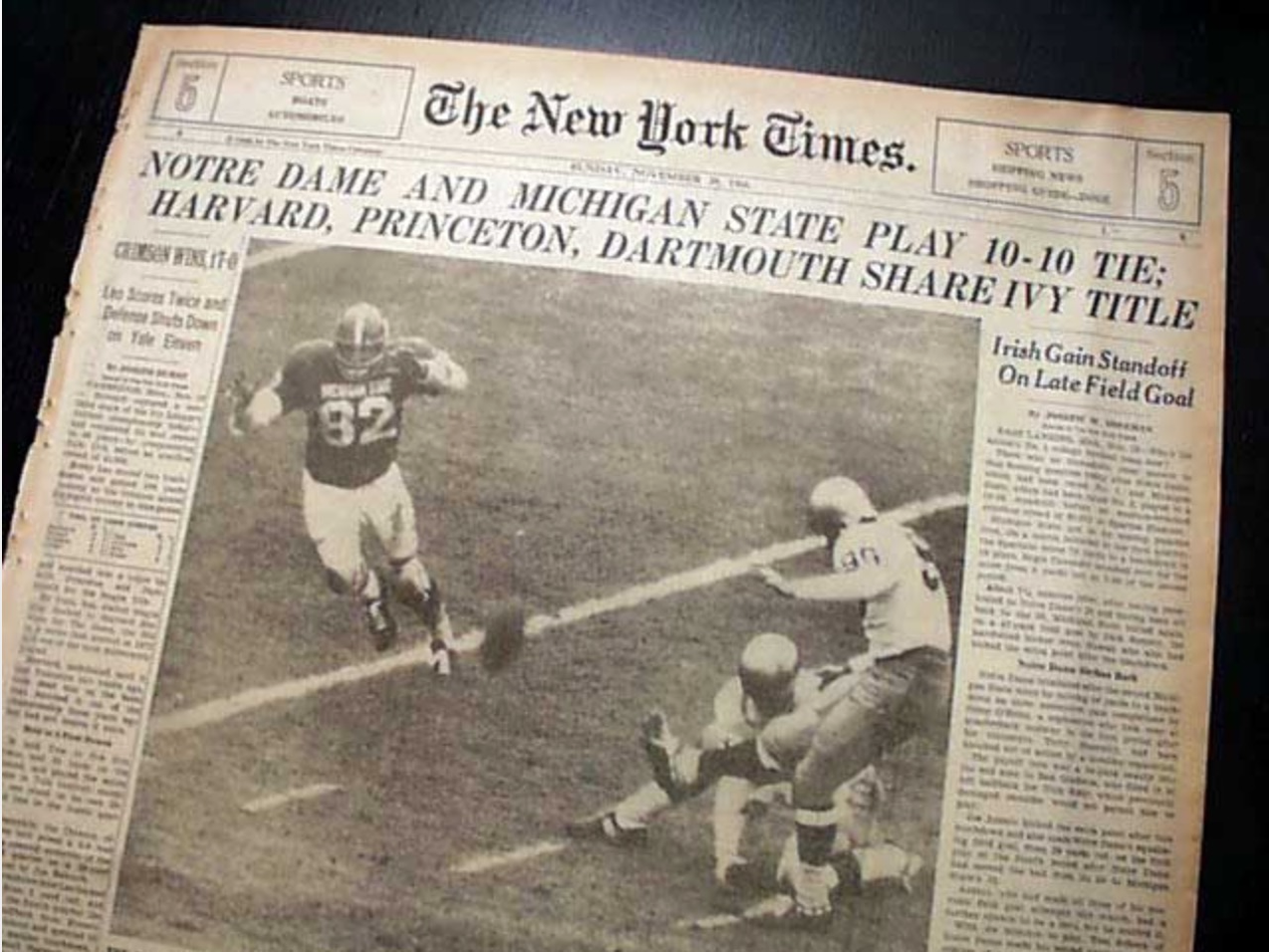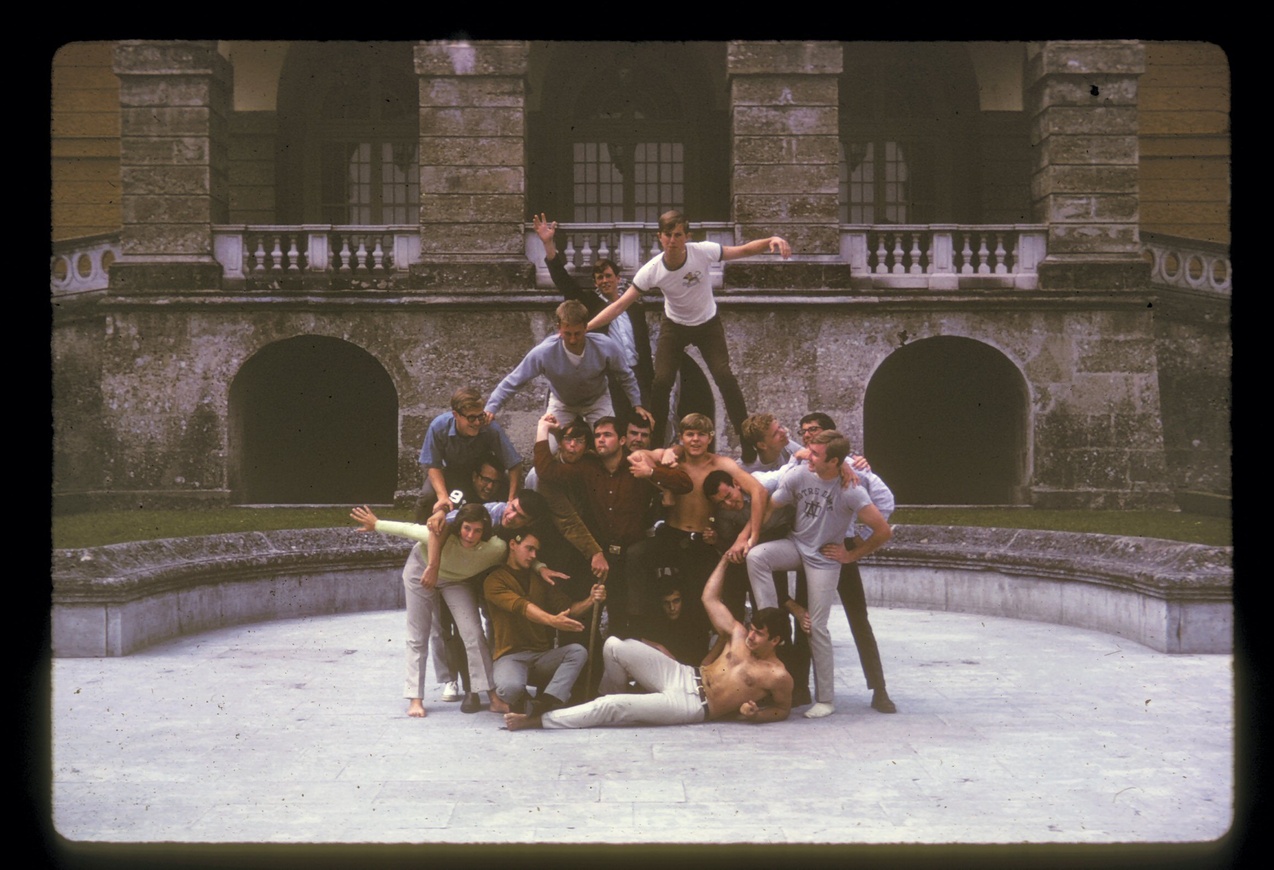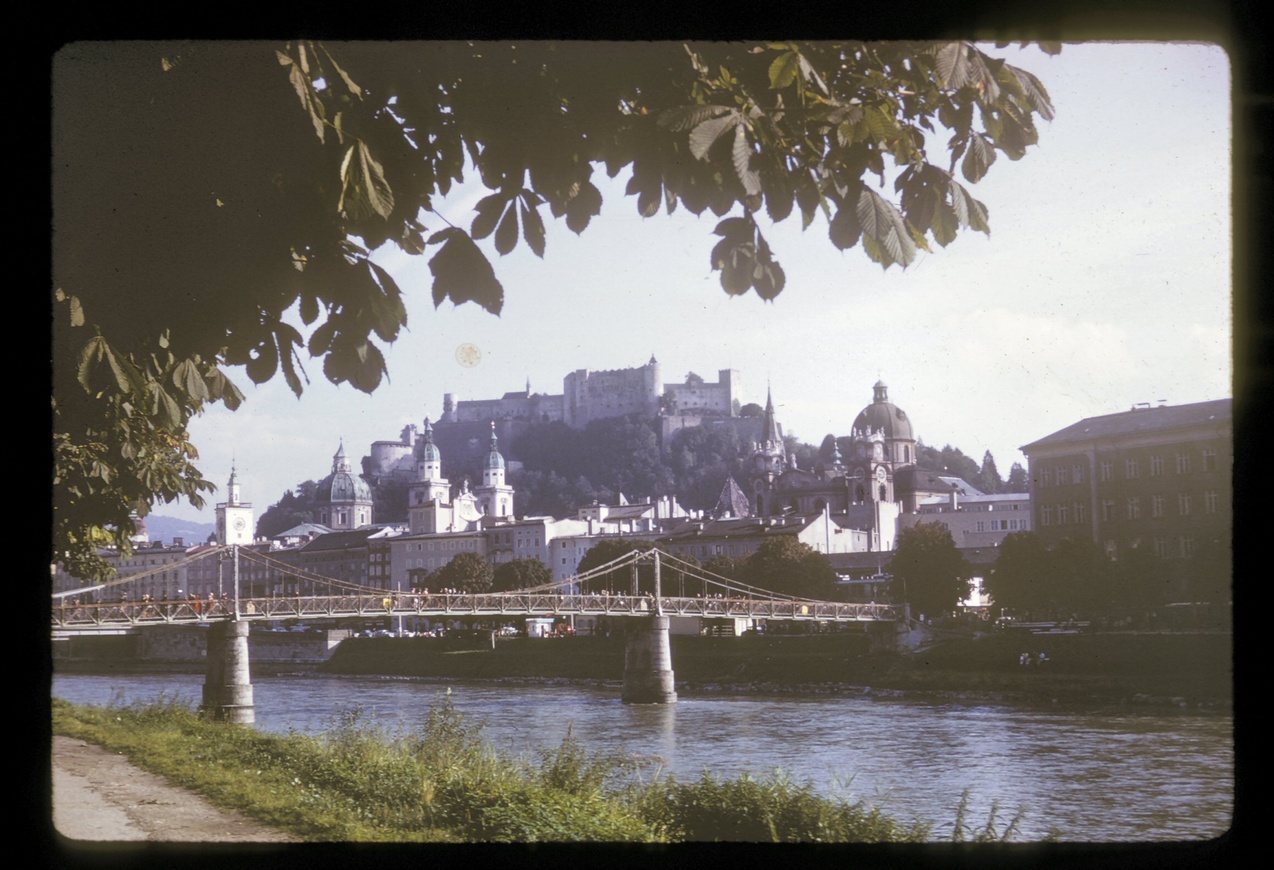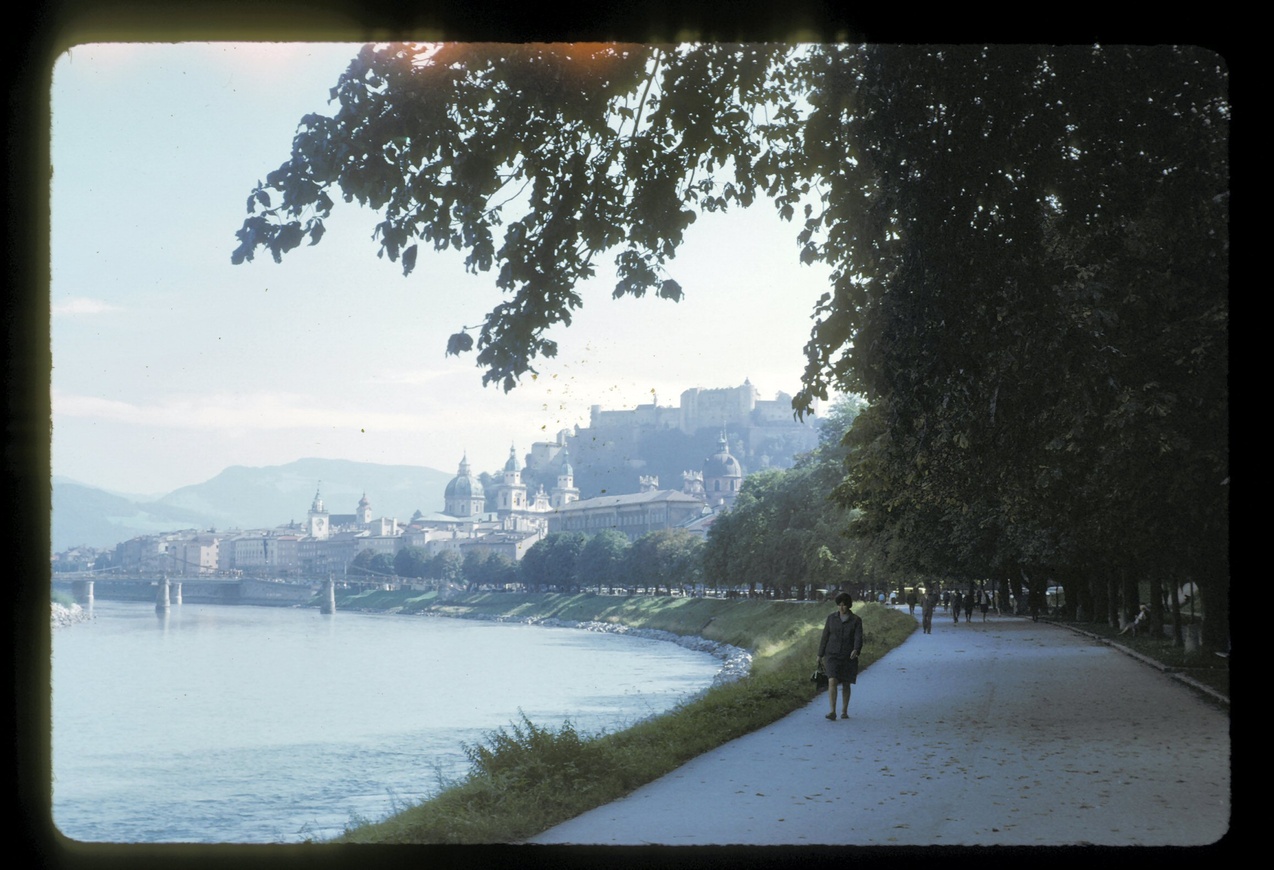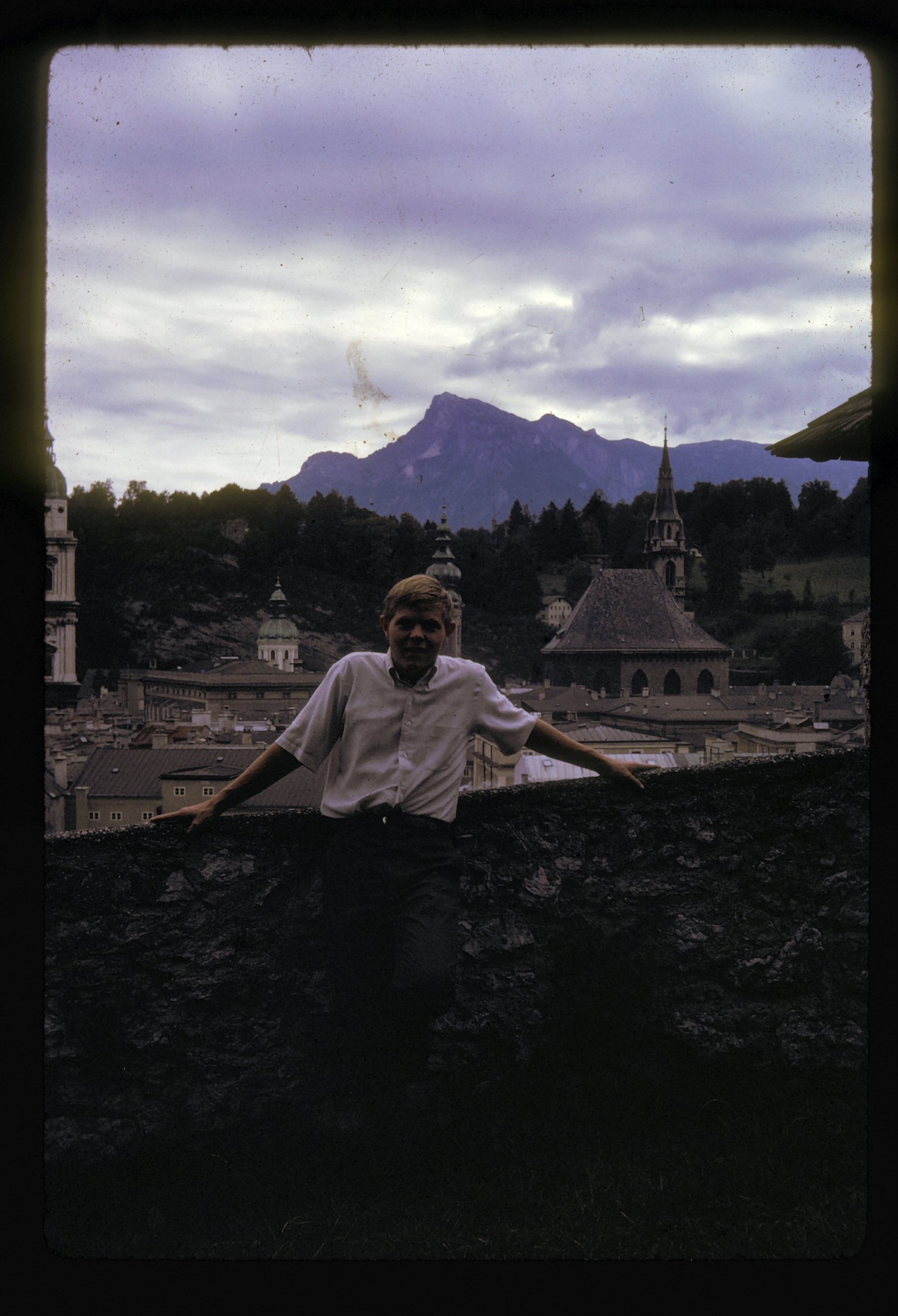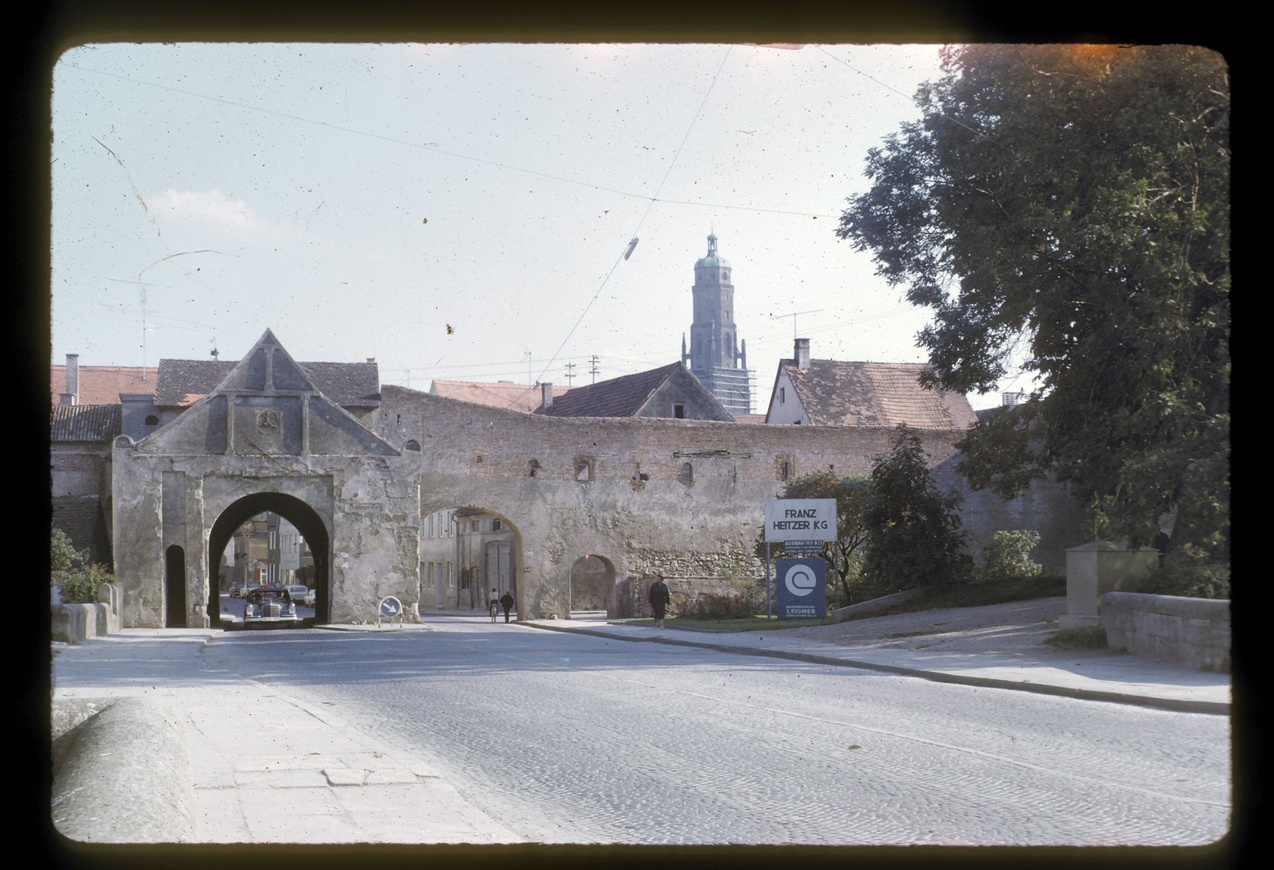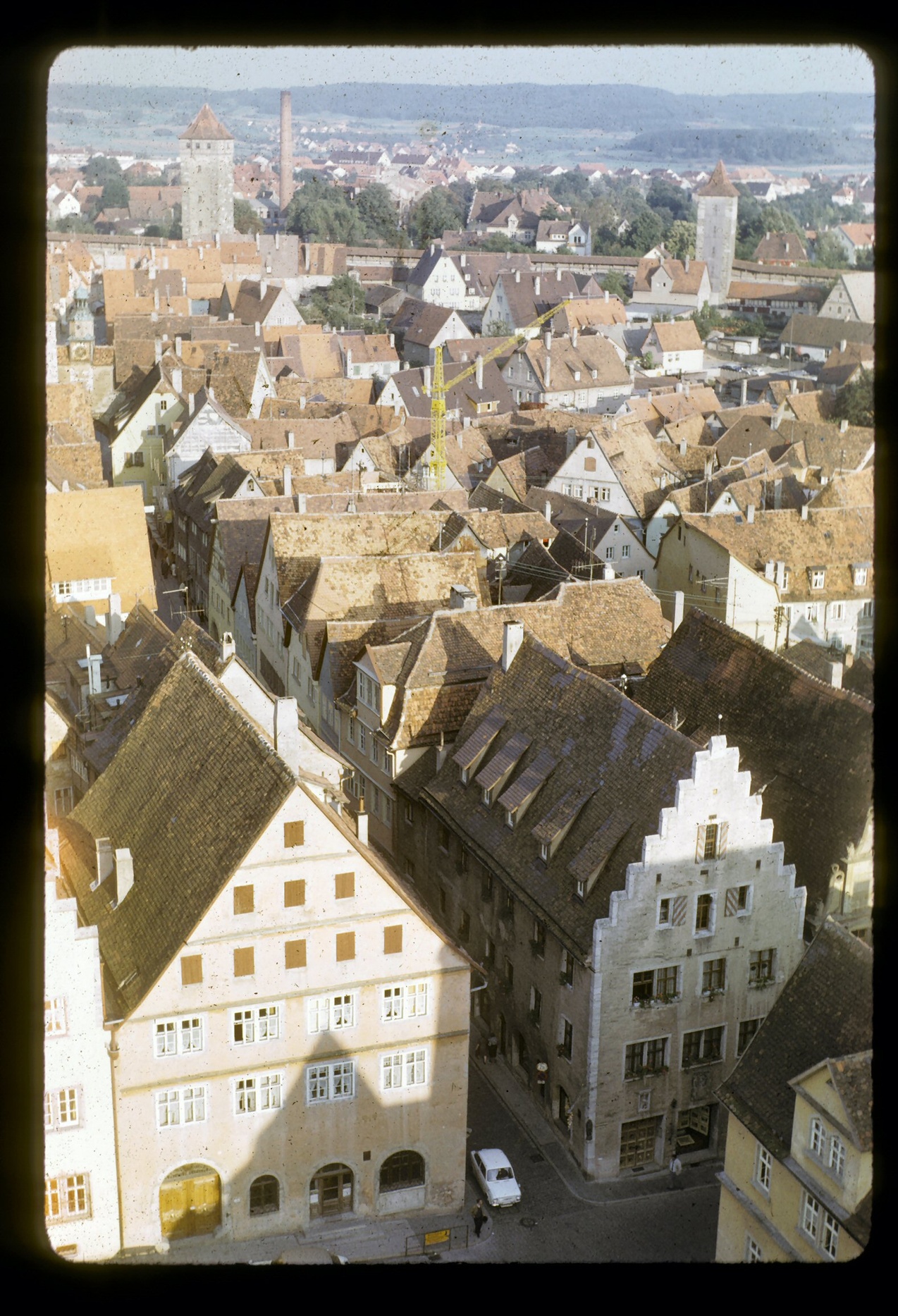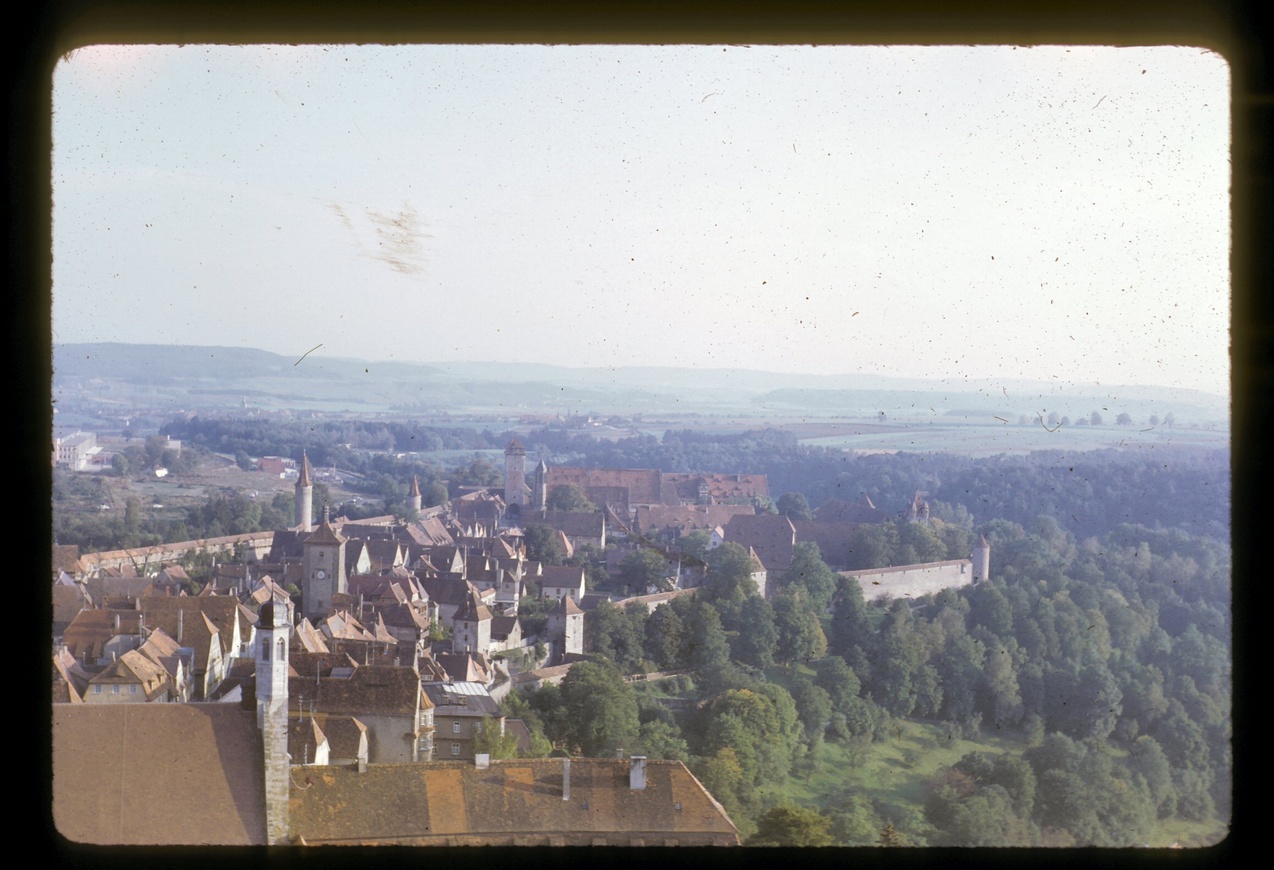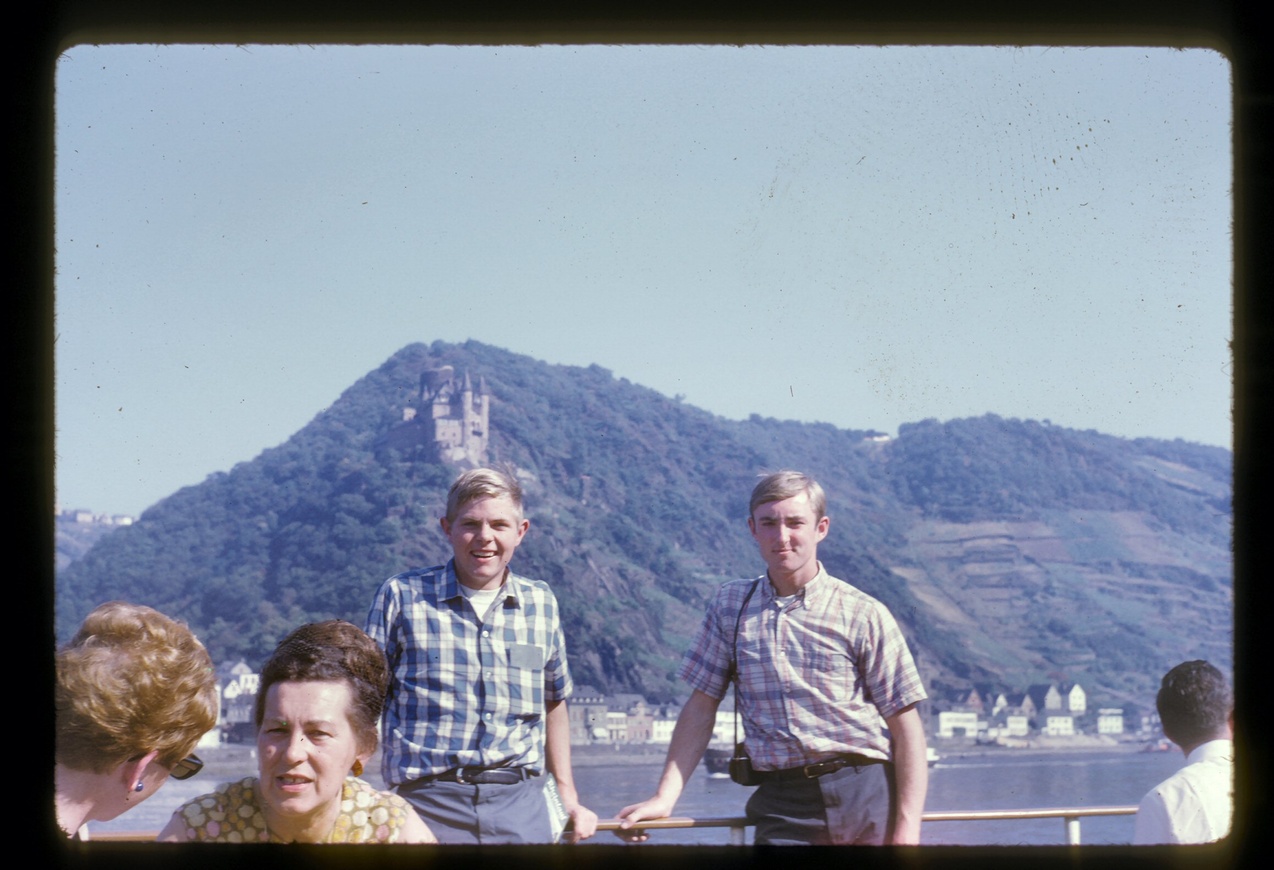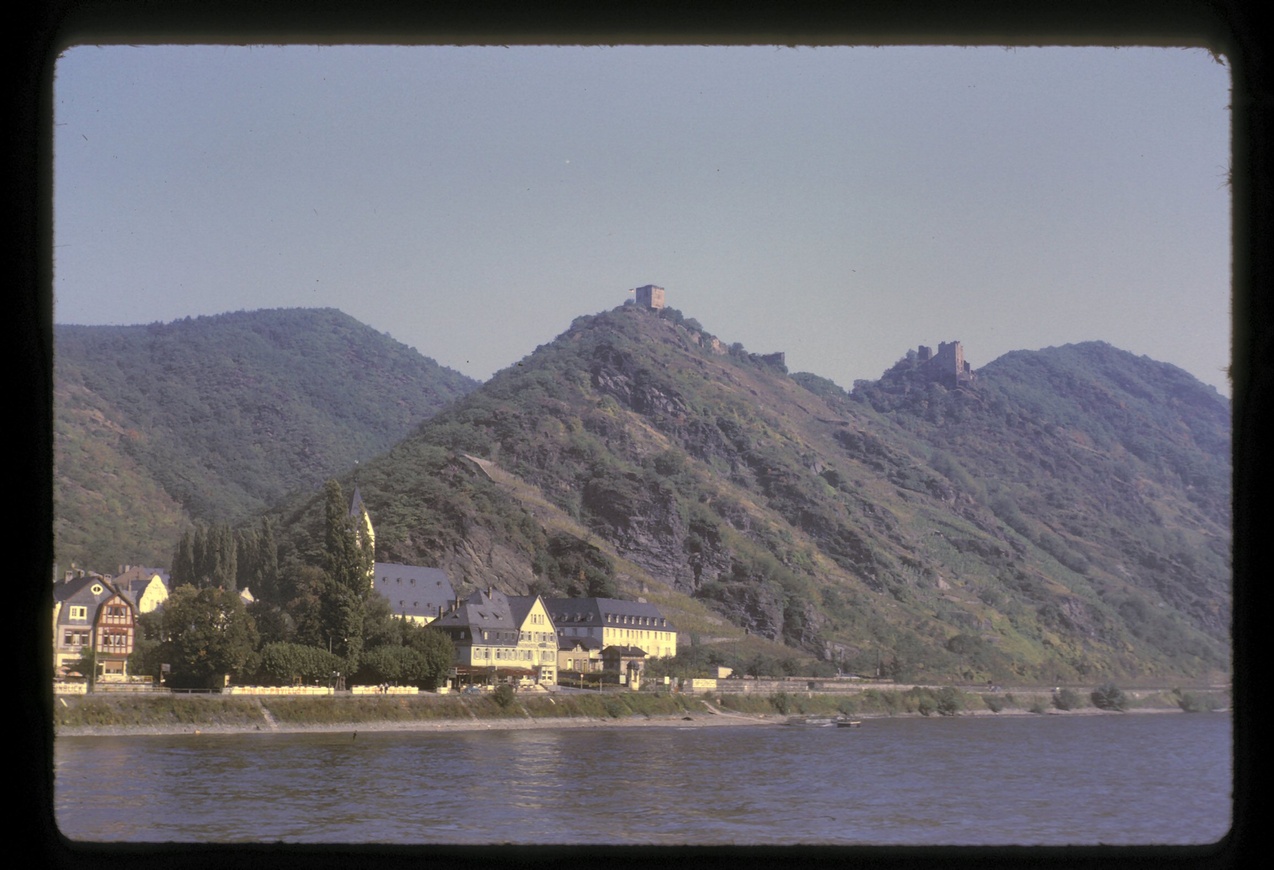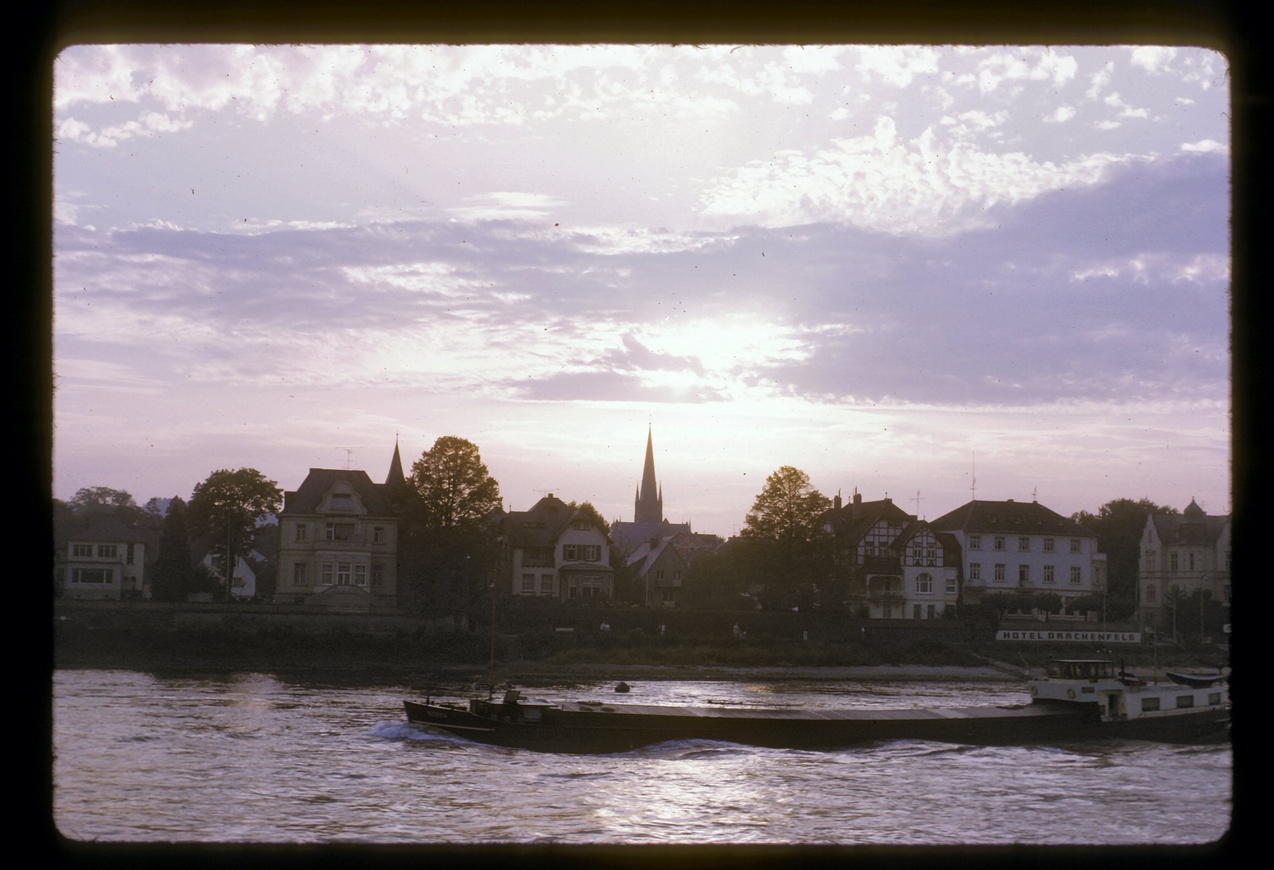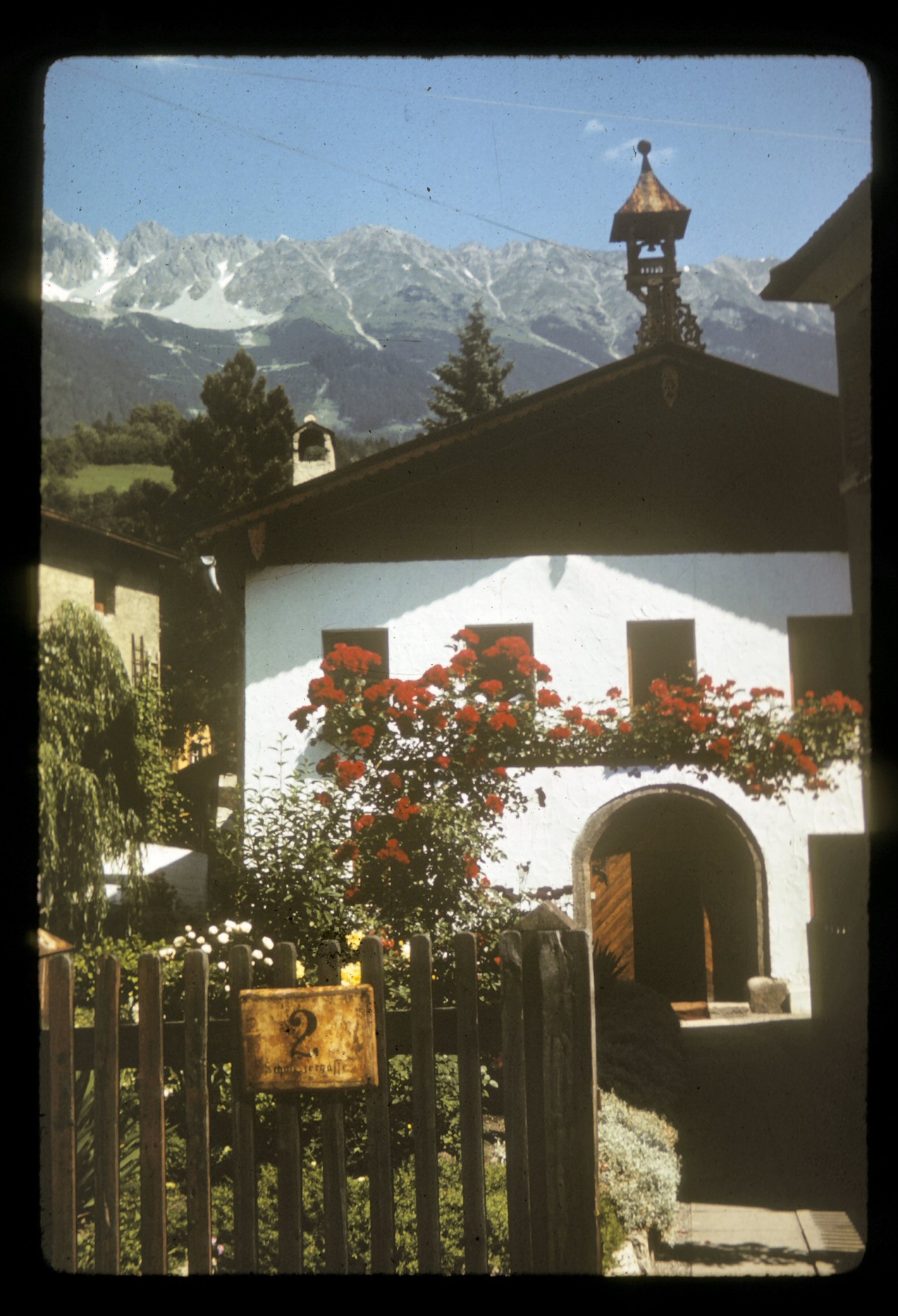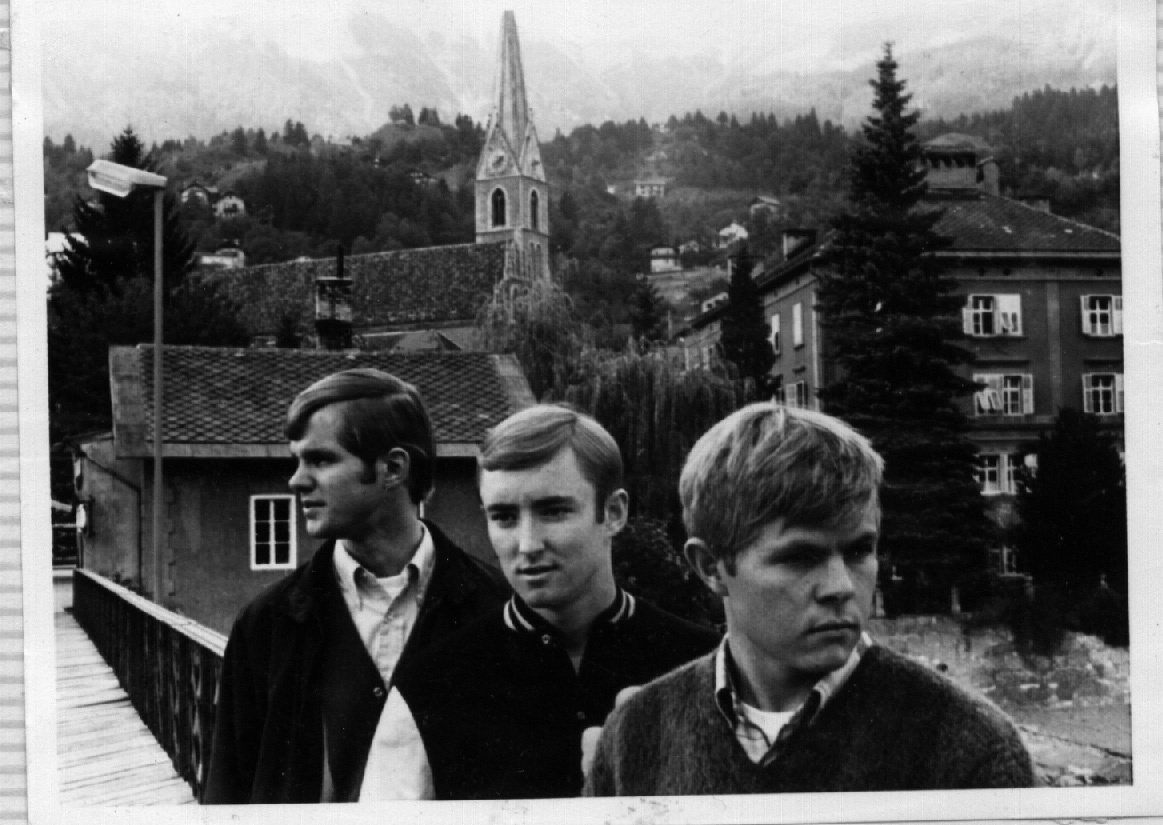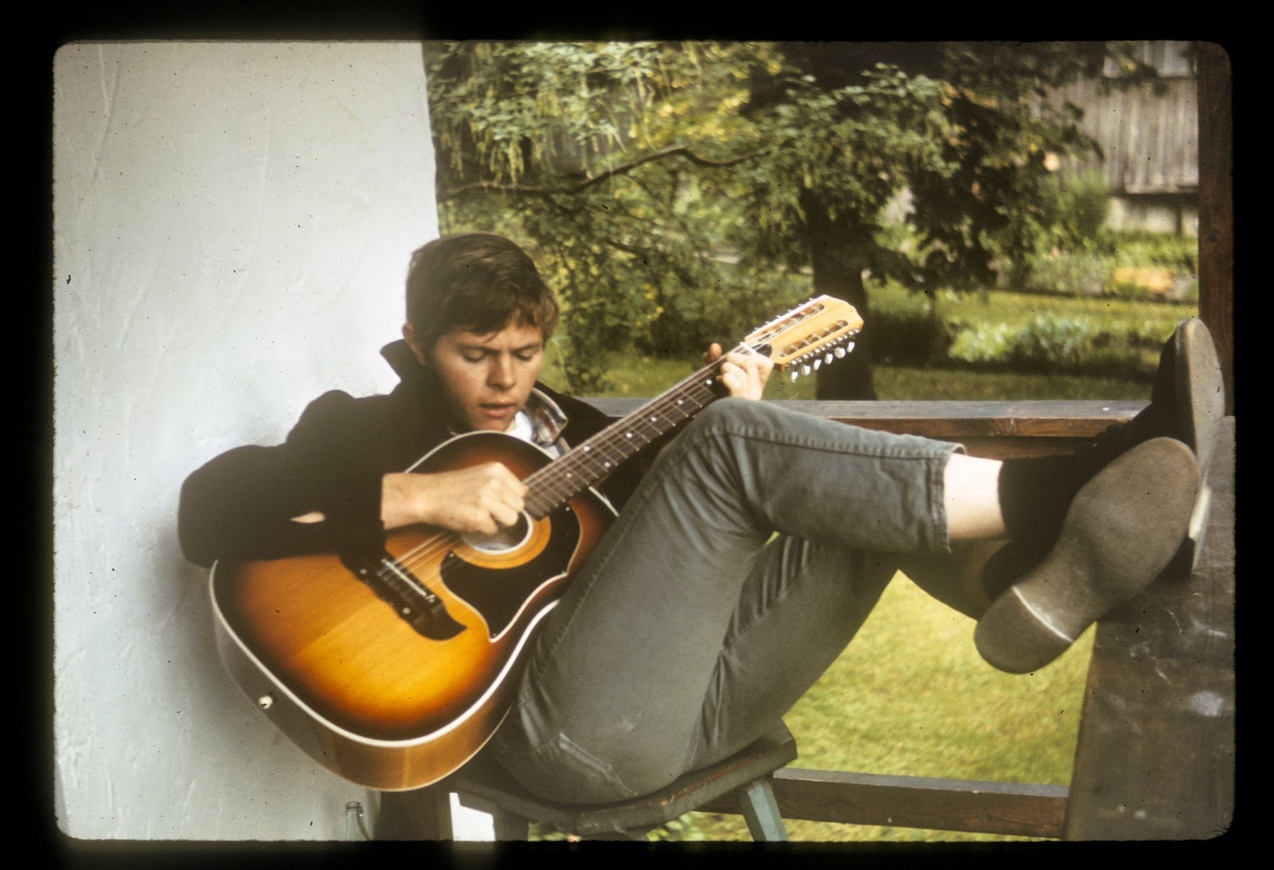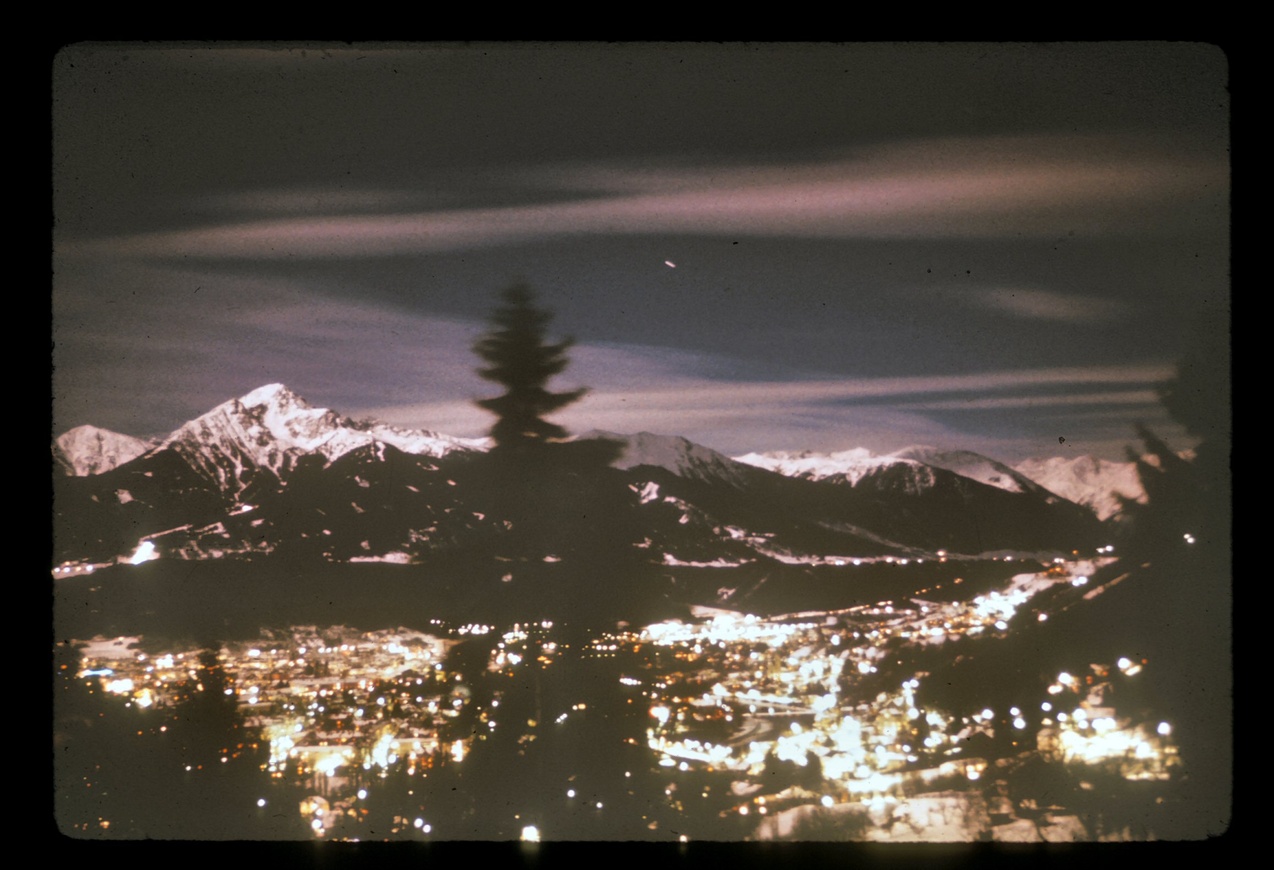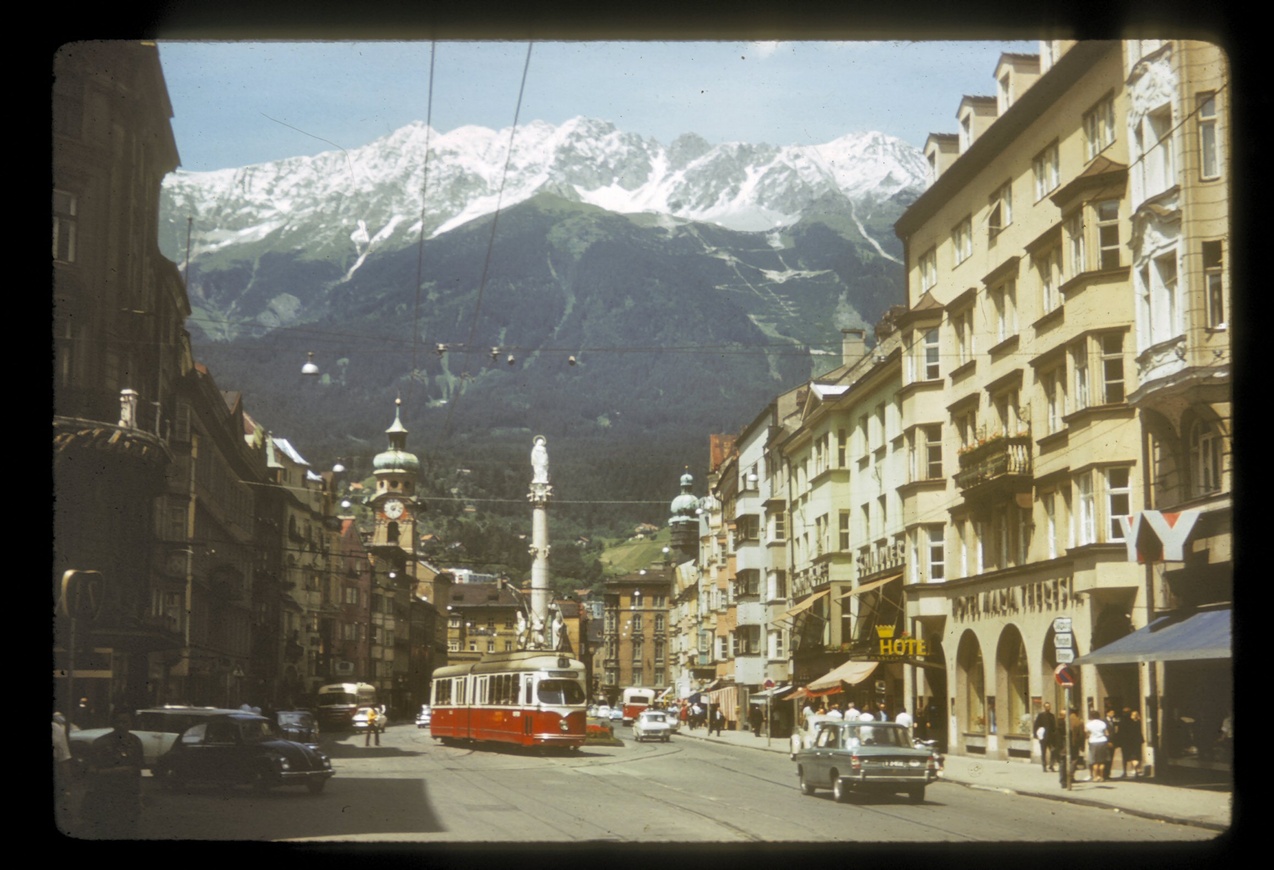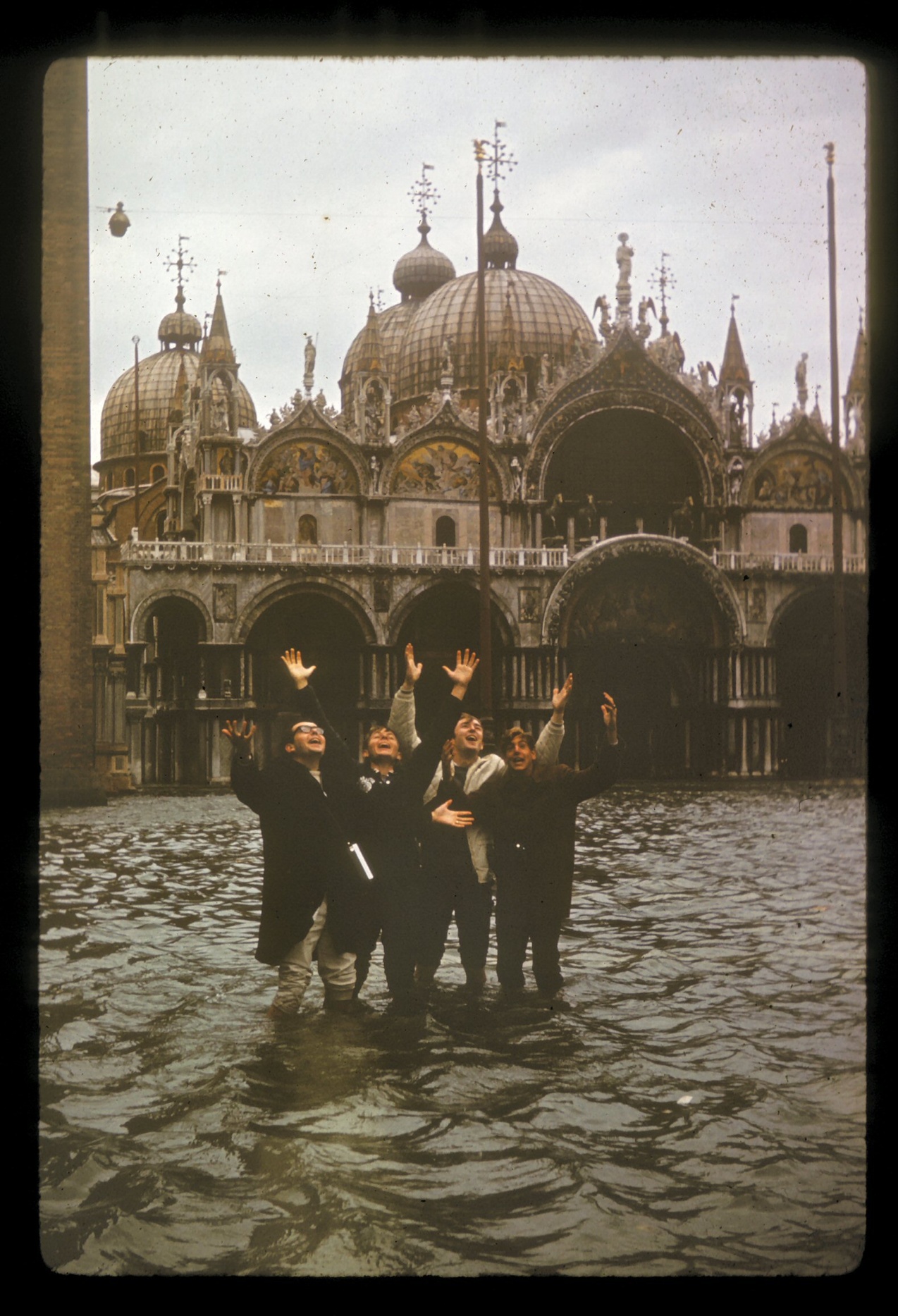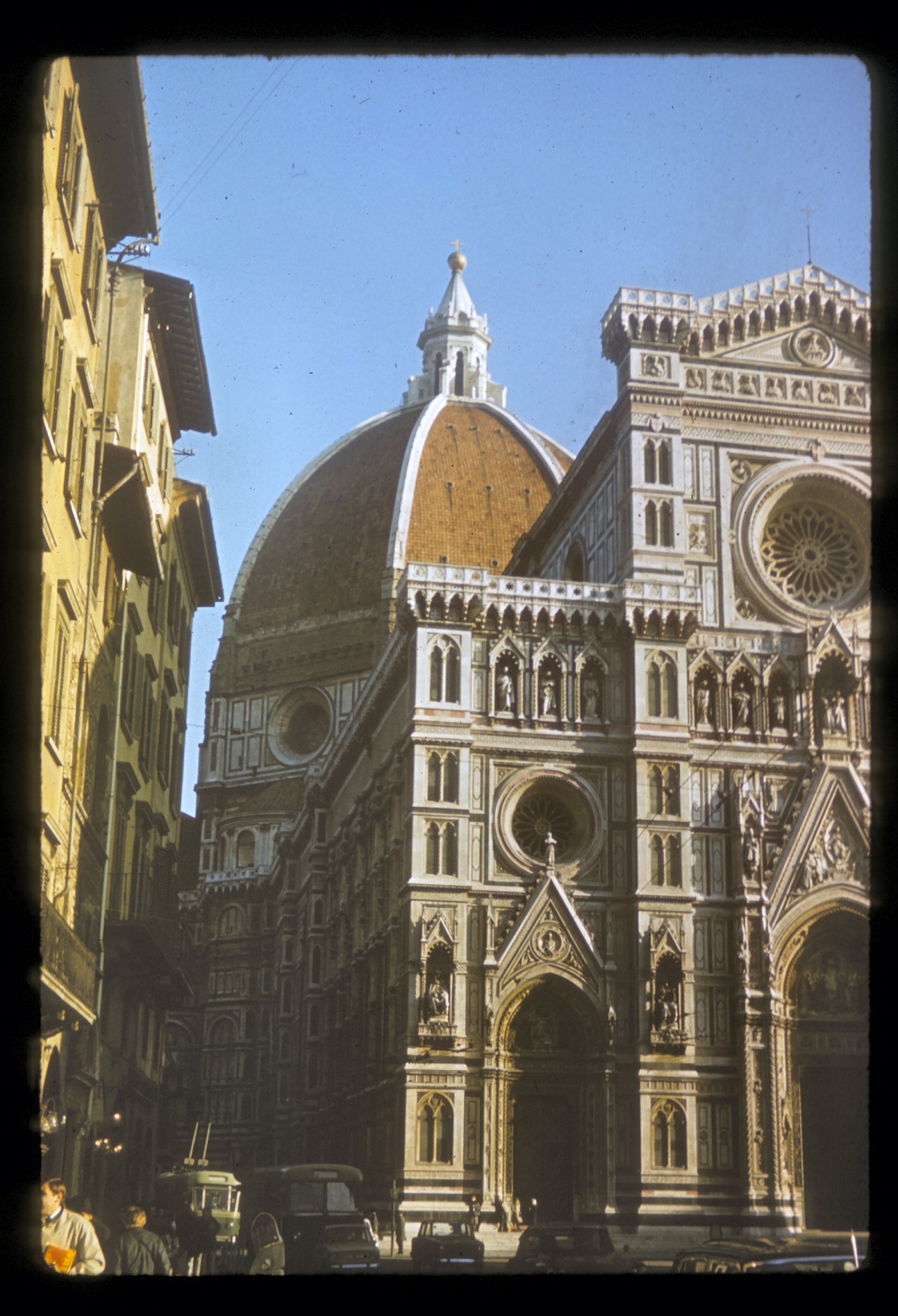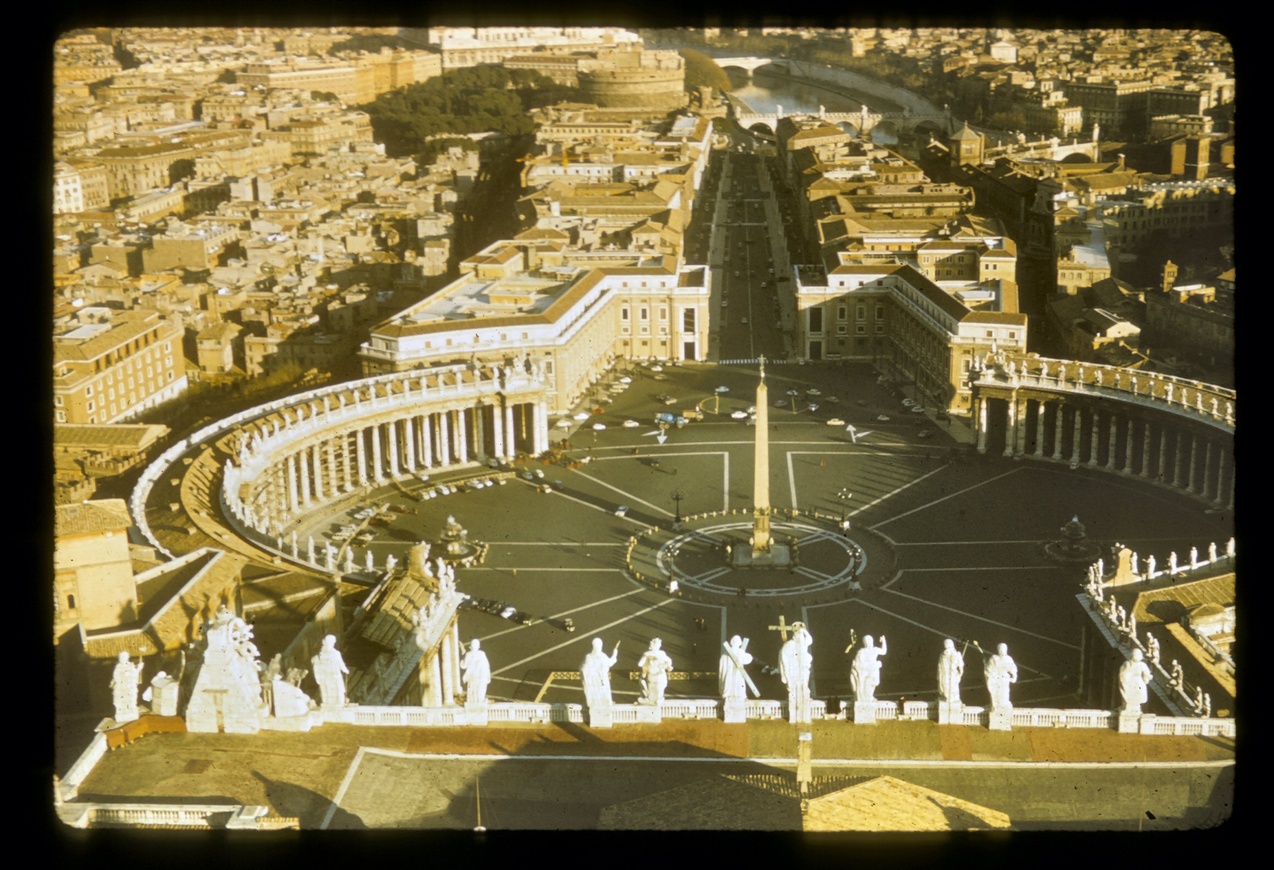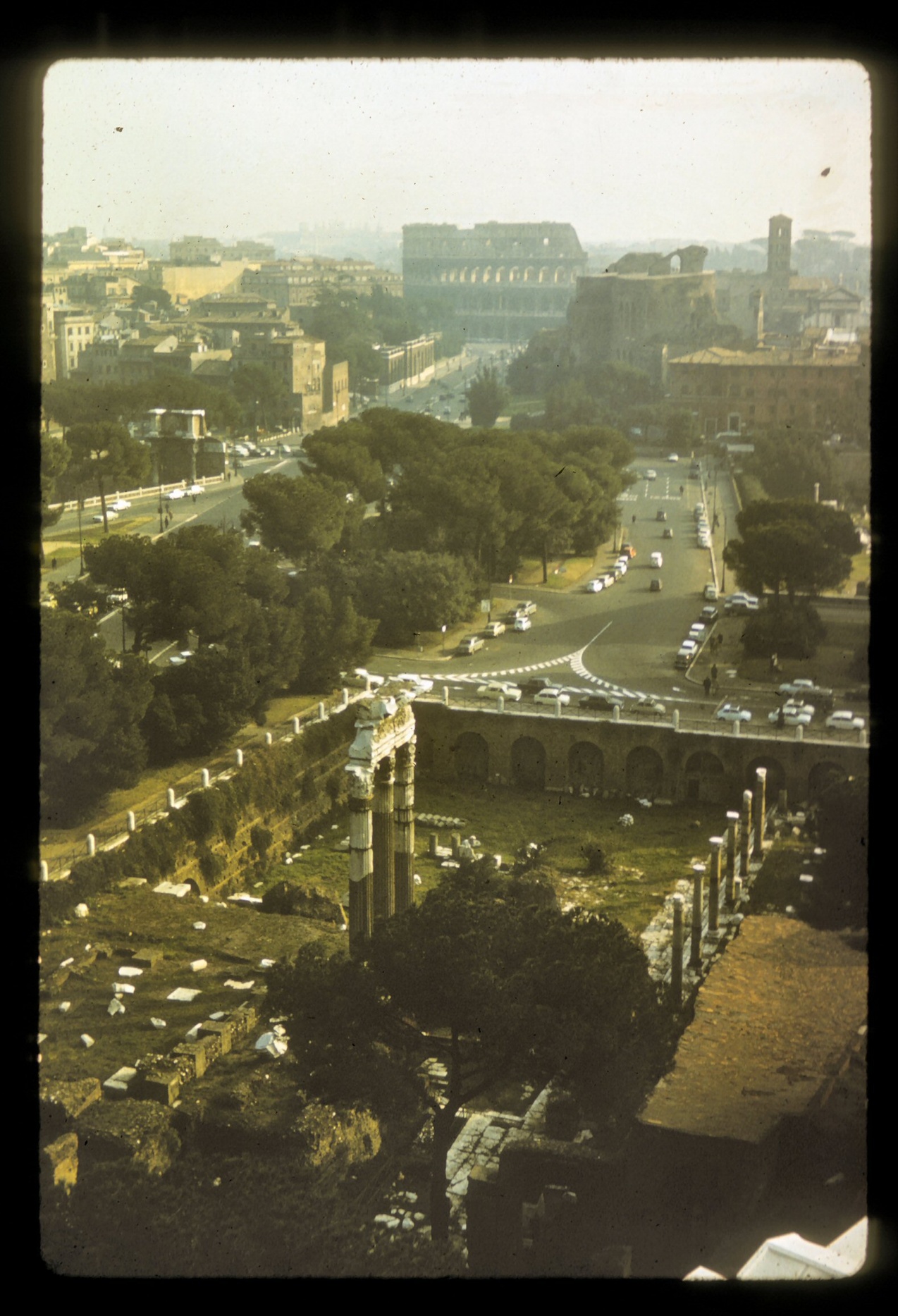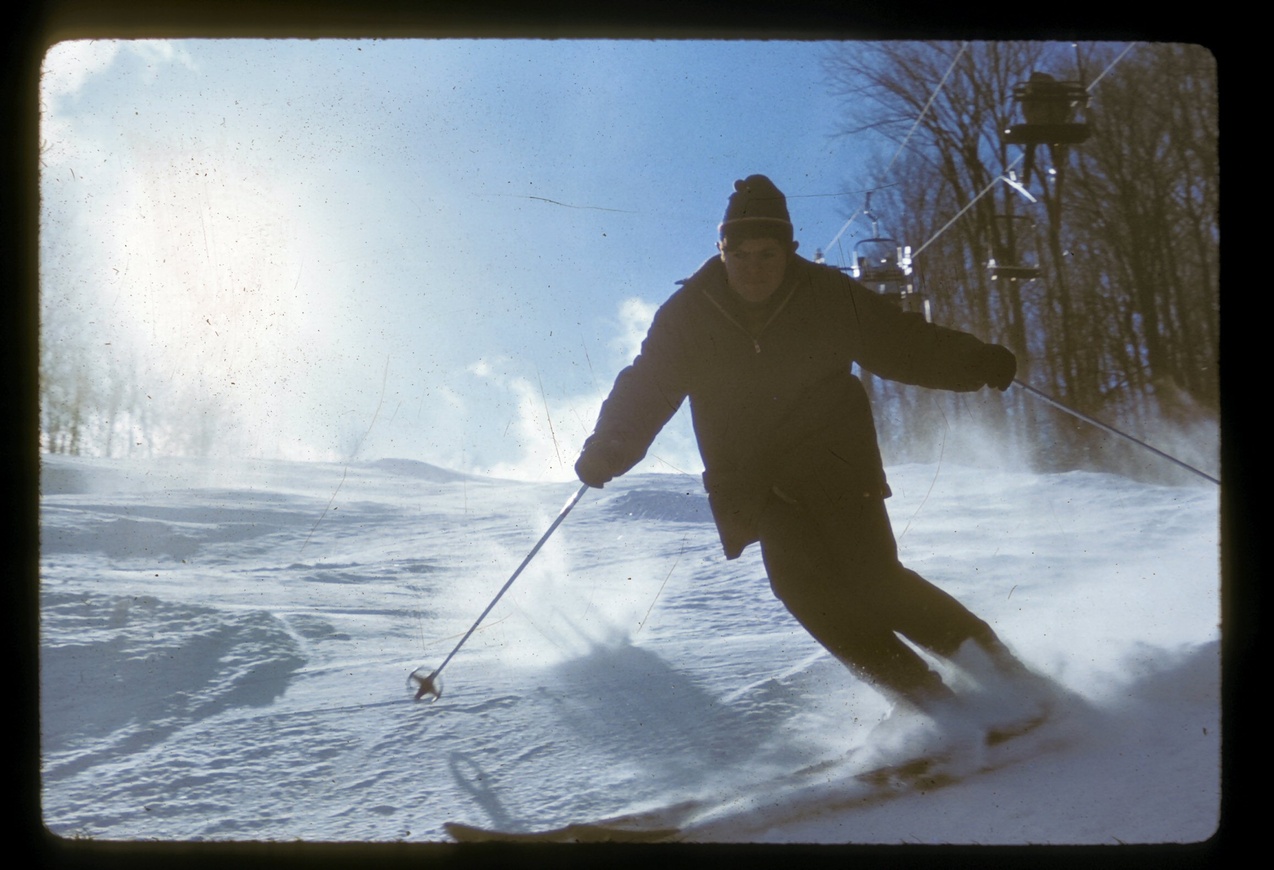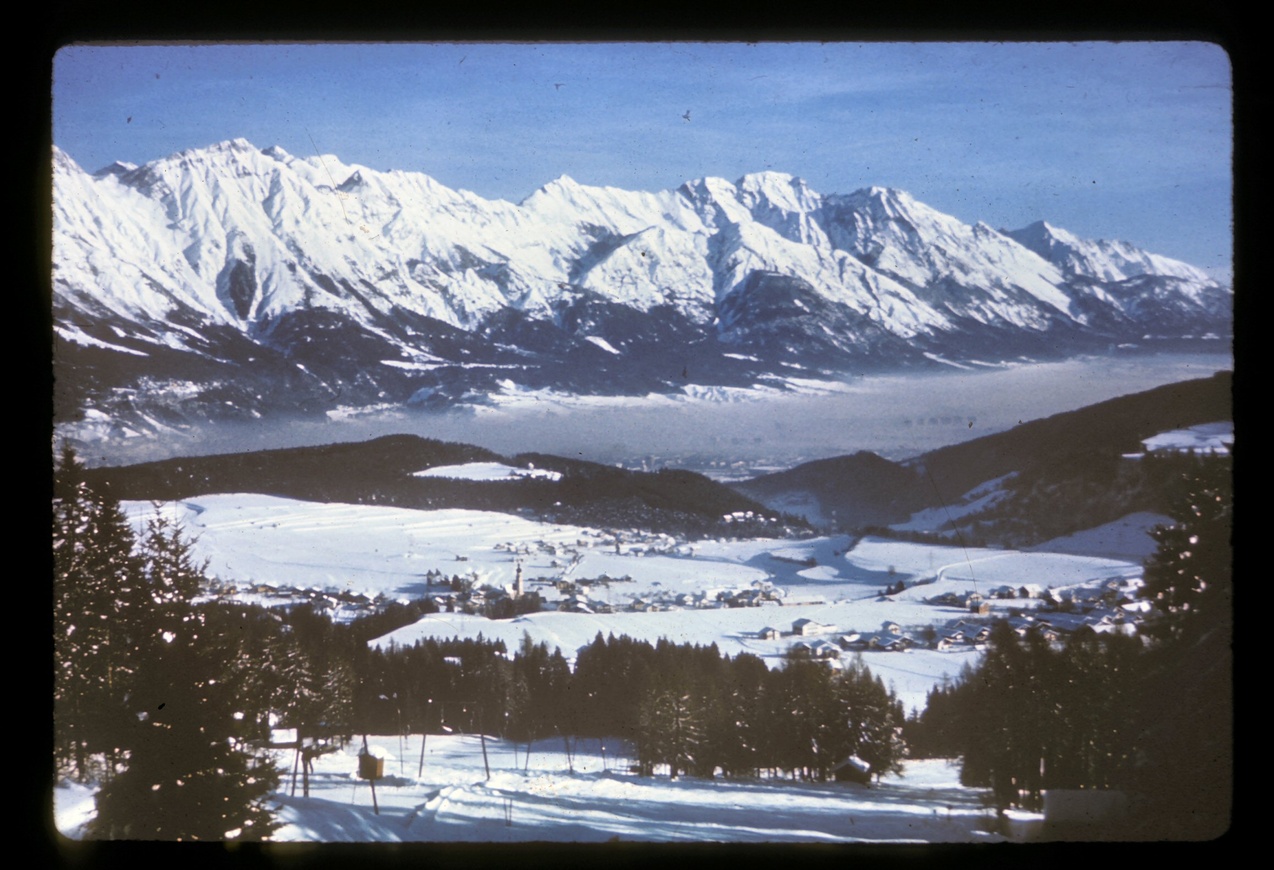The summer of 1966 changed my life completely. Magic for me, black magic to my parents. Finishing high school, followed by a magical summer, followed by a disastrous failure to launch. I left home to join the hippies in San Francisco’s Haight Ashbury district. And returned home to go to Notre Dame. I was witness to history. San Francisco, Golden Gate Park, Haight Ashbury, the summer of love, and hippies. Me included.
As I graduated high school that year, I had a summer job lined up at a mountain camp, and I was going to Pomona College in September. I had a dorm room reserved and classes chosen. When Stanford and Harvard declined the honor of me, Pomona College was my best choice. I’d also been accepted to Notre Dame, but I’d respectfully declined. I did not want to go to a Catholic university in the dregs of the Midwest.
The summer started great. Right after graduation, eight of us took off for Yosemite. We left cars in the valley, took the bus to Glacier Point, and hiked up Illilouette Creek. Thick snow kept us from going through Red Peak Pass to the upper Merced basin. We gave up, hiked 16 miles back down to Little Yosemite Valley, then climbed Half Dome before going back home. It was a good start for a summer, early for backpacking, but my best way to celebrate graduation. With my new down sleeping back, a graduation present, which is still in the family as of 2020.
Camped where we had to turn back, about two miles from Red Peak Pass. That’s me on the right, sitting, looking at the camera.
The summer of 1966 changed my life completely. Magic for me, black magic to my parents. Finishing high school, followed by a magical summer, followed by a disastrous failure to launch.
Then I was off to Camp Unalayee, my summer job for 1966. It was the ideal way to spend a summer, backpacking, dealing with kids, living in the mountains, and getting paid for it. High up in the Trinity Alps. West of Mt. Shasta, an hour or two of dirt roads from the tiny town of Callahan, CA. It isn’t in the high Sierra; but it looks like it should be. Shiny granite, beautiful clear blue lakes, gorgeous green meadows, and snowy peaks.
The camp itself still exists. You can find pictures with Google images, and it appears on Google Maps. We sent three kids and two cousins there in 1984. In 1966 it was one or two rustic old buildings along the creek that drained out of Mosquito Lake, surrounded by clusters of makeshift group campsites around the creek and along the edge of the forest looking over the meadows and the lake. At each group site, kids slept in the open, sleeping bags on ground tarps, around a campfire with a metal grill for cooking. Each two-week session included boys and girls 6 to 16, grouped by age and gender, with two counselors for each of the 10 groups. It rarely rained that summer. When it did, we all got wet.
We got to the camp in the back of a flatbed truck with wooden staked sides that drove for all of 12 hours from the Bay Area. Locked in without shade, with people I barely knew. They were all friendly, but I was me, and they were strangers. The last two hours or so, after we passed Callahan, was over bumpy, dusty dirt roads. The truck shook violently with the bumps, so we all had to stand and hold to the sides. That was a long day.
And then, pretty much paradise. The Unalayee of that time was a non-denominational kids’ camp run by left-leaning anti-war parents, mostly. And the culture was all hippy all the time, a kaleidoscope of folk songs, protest songs, long campfire discussions, and all of it laced thoroughly with peace and love and hope for a new world order. We all read Tolkien and J.D. Salinger, and we were all either Franny or Zooey or Frodo to the elders’ Gandalf. Each one of us was a voice in the wilderness, speaking the truth of a whole generation, dancing to our own individual drum; no matter that it was all the same voice and the same drum. There were no drugs at Unalayee, but I was pretty much high the whole time. High on all of it, from the kids, to the cooking, to the overnight backpacks, to all the thoroughly reinforced ideals. We were against the war, against racism, in favor of dropping out and tuning in. We were Ken Kesey’s magical bus. We were the Beatle’s Magical Mystery Tour. On days off between sessions we’d be driven in the truck down to Callahan, where we felt like a scene from a movie, the hippies encountering the small-town rednecks. We were heroes of our own movies in our own heads.
I did have the occasional adventure at Unalayee. The second week of the camp, three of us counselors had taken a group of younger kids on an overnight backpacking trip to Washbasin Lake, about three miles from the main camp. The lake was nestled in a meadow, with peaks above it and a wide view of the Callahan valley below it. After a campfire dinner, one of our youngest, a six-year-old boy, had bad stomach pains. Agony apparently. Was it appendicitis? Feeling heroic as hell, two of us hiked at night back to the camp, guided by moonlight on the mostly rocky and open landscape. We got to camp and then hiked back with an old canvas stretcher with wood handles. Then we loaded the kid on the stretcher and hiked the trail, still at night, back to the camp. We got there about dawn, at which point the kid was fine. Gas pains. But we still felt heroic.
I’ll never forget Log Lake at about the sixth week of eight. The morning I dove into the lake. I was stuck without camera, without journal, so I recorded the moment in memory.
Log Lake has its own small patch of paradise, invisible from anywhere but the high peaks above it. There was a meadow on the east side, a few trees, good sleeping spots, and good rocks and old logs for cooking and eating. On the west and south side, the rocks rise through boulders and snow patches, very little green, up to peaks above it. It was like a perfect Sierra Club calendar photo, although it’s not a particularly well-known landmark. I’ve never seen a picture of it published anywhere, never even heard of it since. I did find it in Google maps, so I know I didn’t just imagine it.
We had reached Log Lake after a long day’s hike. It’s about five miles one way, but tough miles, cross country without a good trail. We had to go down from the camp to Tangle Blue Creek, and then up a steep hill through rocks and bristle, navigating by maps and faith. It was a tough hike, but we got there in time to settle in, cook a simple dinner, hold a campfire with the kids for a while, and then sleep.
I can’t tell for sure, but this could be Log Lake. It looked like this. The photo doesn’t identify it well.
The next morning, I woke up before anybody else, shortly after the sun hit my sleeping bag, and jumped into the lake. I had braced myself for an icy, painfully cold mountain lake, like an electric shock that takes your breath away. Instead, its temperature was so much better than icy that the memory lasted. It wasn’t warm by any means, but it was no colder than the brisk temperature you’d expect from a country club swimming pool in August.
I guess Log Lake was that much warmer than normal because it was small, shallow, and surrounded by rocks. It must have been warming up during the days. I don’t know that, and it doesn’t make sense that it had snow patches just a few hundred yards above it; but they were small patches, probably not draining all the way down to the lake in August.
A bracing swim, drying myself laying on a rock in the sun, then breakfast. A glorious moment.
I was about six weeks into the eight-week camp. When I looked ahead, it was back home with my family in Los Altos for a couple of weeks, and then off to Pomona College. There was nothing, but absolutely nothing, wrong with life at that moment, and everything right.
Two weeks or so later, I was back in the back of the truck. I held on to the staked sides as the truck reeled back and forth. I canned across the Tangle Blue Creek valley, to where Log Lake was hidden from view below the peaks above it. I was happy, tired, lost in my own thoughts. The dust clouded everything. “Tim, you’ve got a beard,” one of the older — she was like 23 — counselors noted. My blonde silky excuse for a beard only showed when covered in dust.
I was going home in a glow, floating. I was lean and wiry, weighed 30 pounds less than two months earlier. My hair was long and flowing, down past my shoulders. And I belonged to a worldwide movement that would change the world. We were hippies. If membership IDs had been issued, I would have had one. Peace, love, world unity, power to the people, an end to the rule of the military-industrial establishment. Dance to your own music. Drop out, tune in. Timothy Leary, Aldous Huxley, and, of course, the Beatles too. Flower power. Don’t trust anybody over 30.
I was in love with the group, with the music, with the people I’d been with, and also (I was 18; give me a break) with one of the girls, 16. For days on end, I slept at home, but spent all day with my new friends, much of the time in San Francisco. When I wasn’t able to take the family third car (our much-beloved 1958 Chevy station wagon, which pretended to be mine most of that year with Chip away at Pomona), I’d get one of my new friends to pick me up.
Pressure built. The parents became more worried, and me, just footloose and fancy free, an 18-year-old hippie, enjoying my friends and the streets of San Francisco.
After a few days of it, the parental foot came down. No, I was no longer allowed to spend every day gone with my friends. Too much was too much.
To which — sign of the times — I responded by leaving home. With some nasty insults as I left. I came home around nightfall in the car of a guy named Howie (another counselor) to get my guitar, sleeping bag, and backpack. I spent the night God-knows-where and ended up in the San Francisco Airport the following morning, with a guy named Mac Brown (also a counselor) and a ticket to fly to Santa Rosa. I was sleep deprived, exhausted, and in a non-drug-induced high.
Yes, that’s odd. Santa Rosa was at that time barely 90 minutes north of San Francisco. Why fly? God knows. It was kind of a lark. I guess I had enough money for a cheap ticket because I’d been paid for Unalayee and during those two months we had no way to spend money. So, it must have been miserable pay, but still, it was something in my pocket.
Mac was 21, so old. He had a real beard, and he owned a hot rod. Literally, a 1932 ford chassis over a 1954 Chevrolet engine, with the open engine and front wheels. That car was something I’d only dreamt of. At the time, as we took off for Santa Rosa, I hadn’t actually seen it. But I’d sure heard of it.
My plan was to accept Mac’s offer of a spare room in Santa Rosa, get a part-time job, and go to Sonoma State College. I didn’t care about college at Pomona College, paid by parents. I was going to be truly independent.
And of course, none of that worked out. Not even the hot rod. He did own it, he had built it, and he took me out in it too. But it didn’t run. The transmission argued with the engine and both refused to work with the other. So, it would go about a block and then seize up. Mac would then spend 20 minutes convincing the two warring parties (engine and transmission) to make up and work together. Which would last about another block.
First, though, before settling in Santa Rosa, Mac and I went back to Haight Ashbury. Somebody related to Unalayee had access to an old house just a block from the historic corner of Haight and Ashbury. We were allowed to crash there, meaning spread a sleeping bag on the floor and sleep there, for free.
As I write this, hippie is a put-down to some, a Halloween costume to many, a cultural and historical anomaly for wikipedia. But in the summer, 1966 it was a worldwide movement centered in and born of San Francisco. It was an early head start to a wave of change that swept the globe. It was free love, free spirits, flower power, don’t trust anyone over 30, fight the establishment, tune out and turn on, LSD, marijuana, peace and freedom, the age of aquarius. The Beatles were hippies. All the rock stars were hippies. So was Timothy Leary, the SDS, etc. It was youth revolution.
Still, I am glad, and proud, that I was there. When you read about hippies, know that I was right smack in the middle of it all in 1966. I was a verified San Francisco Haight Ashbury hippy. I lived it. The Haight Ashbury district of San Francisco was the world center of the hippie movement, a vibrant young neighborhood full of you people with outlandish dress, outlandish ideas, and great music. There, in summer of 1966, was in many ways the roots of it all. Scott Mackenzie’s song “If You’re Going to San Francisco” was actually a year later; but it took a year for what we started to spread widely enough. the protests against the Vietnam War, the rise of a whole generation believing we would change the world for the better. Taking to the streets to protest the war, and, later, taking the administration building to protest the war.
Those days were like an all-day pageant. The neighborhood was all color and flare, odd stores selling odd used stuff, new age art, lots of rock music, locals (including me) with hippie hair and dress, and tourists driving through. It’s fun to be part of a pageant. We liked it when normal people pointed at us as if we were the animals in the zoo. We hung out in Golden Gate Park and around the neighborhood. We did nothing but sing, talk and breathe. Well, the more enlightened and slightly older ones among us did a lot of sex and drugs too … but that wasn’t me. I was only 18. I was afraid of the drugs. The girl I thought I loved was there, brightening every day, but also making it pretty clear pretty quickly that she loved everybody, not just me. And she was even younger than me, and, thank heavens, not having sex with anybody. I survived the blow, grieved for about 10 minutes, then went on with the pageant.
I wish I had pictures. But pictures were for straights, our equivalent of muggles. We were making history. We were going to change the world. I was full of the spirit of the Age of Aquarius, the San Francisco summer of love, Golden Gate Park. I had hair down to my shoulders and a two-month beard — so thin and downy that it only showed up in some lighting and some angles — but still. I was a prop in a tourist attraction. Straights drove by slowly in their cars to look at the hippy crowds in the Haight. I was one of them.
Looking back on it, fifty-some years later, I feel only loss and sadness. We thought we were changing the world forever. We didn’t. Some of us kept the ideals — I did — but most of us let go as we grew older. We changed a part of the world for a while. We broke up some stereotypes, we opened some minds, we opened some cracks in the power stronghold of older white men and the military-industrial establishment. The world was better for it, for sure. Maybe we pushed some things in the right direction, maybe even enough to make some stick even as the world pushed back. We were at the root of the green movement, concerns about raping the earth, pushing for diversity and civil rights, and gay rights, youth power, breaking up establishment power. But we saw so much pushing back on that later on. The people got old, power structures pushed it all down, and what we have left are mostly hopes and dreams.
